Stage 3 Kidney Disease In Dogs
Stage 3 kidney disease in dogs. Renal diseases that have been associated with the development of CKD in dogs include glomerulonephritis amyloidosis tubulointerstitial disease pyelonephritis nephrolithiasis leptospirosis and neoplasia. Unless your vet tells you that an occasional egg is okay to feed your dog it is best to avoid giving eggs to dogs with kidney disease to stay on the safe side. Studies have shown shorter median survival times in dogs with higher IRIS stages.
Clinical signs associated with kidney disease become more severe and prevalent. As well as the yolk which contains high amounts of phosphorus. Stage 3 CKD Patients.
Stage 3 Creatinine concentrations may jump anywhere from 21 to 50. Kidney damage will not be apparent until 23 of the kidney has been destroyed. Your dog can be diagnosed with kidney disease just like humans.
A lot of dairy products including milk also contain large amounts of phosphorus. For most small dogs the early signs and symptoms of kidney disease occur anywhere between ten to fourteen years. Underlying health problems and injury are just two of the two ways that your dog can become susceptible to kidney disease.
A dog with kidney disease could be suffering in the final irreversible stage before a host of symptoms alert an owner that a life-threatening problem exists. Depression he is no longer excited by things he previously enjoyed. Affected dogs may show several signs of disease such as increased drinking and increased urination and perhaps some loss of appetite.
This part will not regenerate itself and requires medical attention. The clinical signs of more advanced kidney failure include loss of appetite depression vomiting diarrhea and very bad breath. In small dogs kidney failure issues generally show up after 10 to 14 years whereas in large dogs kidney problems can begin after six years of age.
Dogs kidneys perform many jobs of. Symptoms of Kidney Disease in Dogs Stages 3-5.
A dog with kidney disease could be suffering in the final irreversible stage before a host of symptoms alert an owner that a life-threatening problem exists.
As the disease progresses and the dog enters the later stages of kidney disease symptoms may include vomiting diarrhea depression and dehydration. As well as the yolk which contains high amounts of phosphorus. For most small dogs the early signs and symptoms of kidney disease occur anywhere between ten to fourteen years. Kidney failure might be acute or chronic. The aging complications are often linked with the size of the dog. In both dogs and cats pursue all treatments for Stage 1 and 2 CKD. As the disease progresses and the dog enters the later stages of kidney disease symptoms may include vomiting diarrhea depression and dehydration. In dogs CKD is associated with aging and in simpler words can be considered to be the wearing out of the kidney tissues. Dogs with renal disease drink excessive amounts of water because the kidney as the condition worsens no longer processes toxins efficiently and requires more water to do so.
The clinical signs of more advanced kidney failure include loss of appetite depression vomiting diarrhea and very bad breath. If your dog is going through renal failure then it means a large part of hisher kidneys has been affected. Age is often the factor for this condition. In dogs CKD is associated with aging and in simpler words can be considered to be the wearing out of the kidney tissues. For most small dogs the early signs and symptoms of kidney disease occur anywhere between ten to fourteen years. Dogs kidneys perform many jobs of. Chronic disease occurs when the blood creatinine is between 29-50mgdl and the SDMA level is 36-54mgdl.


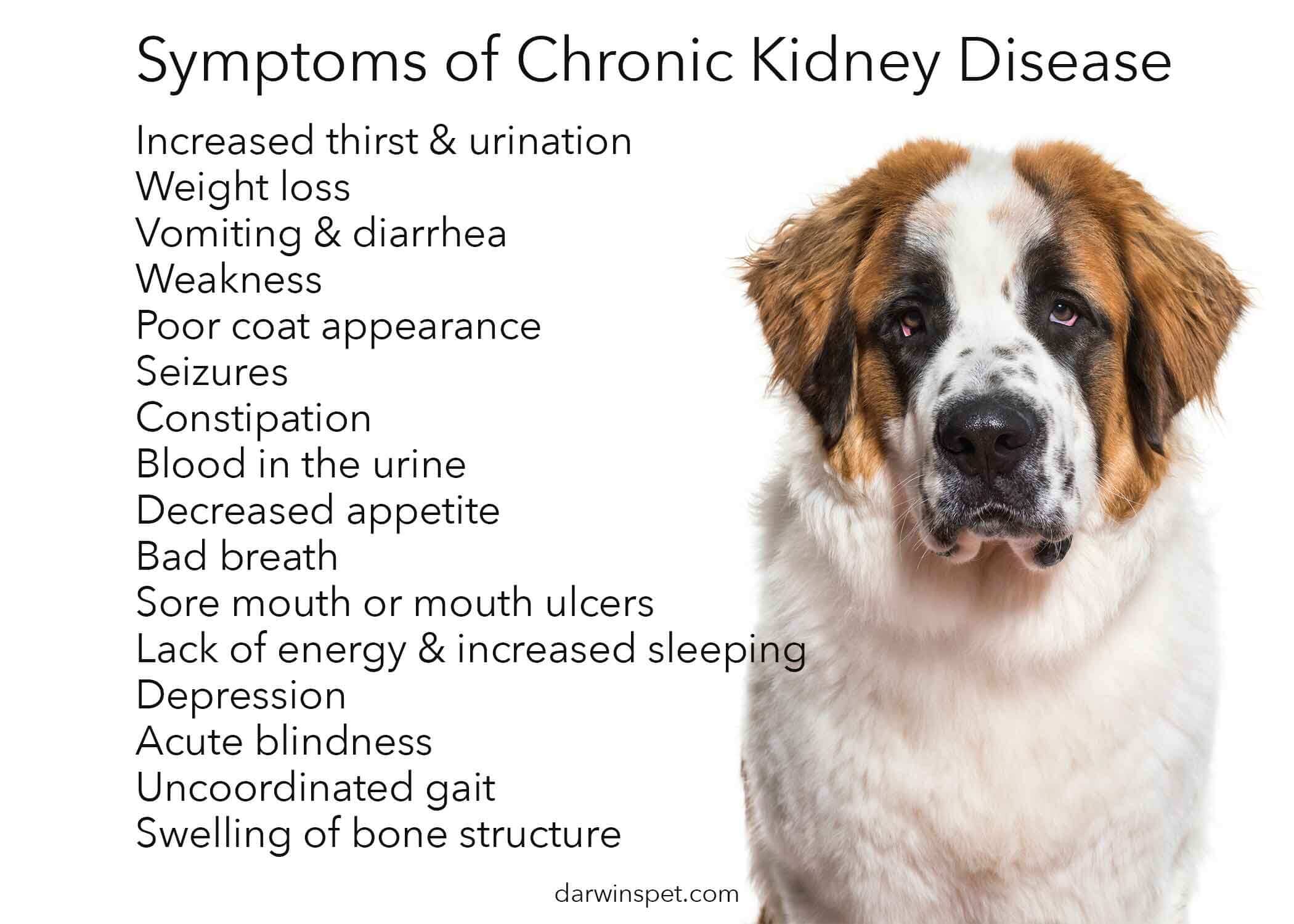

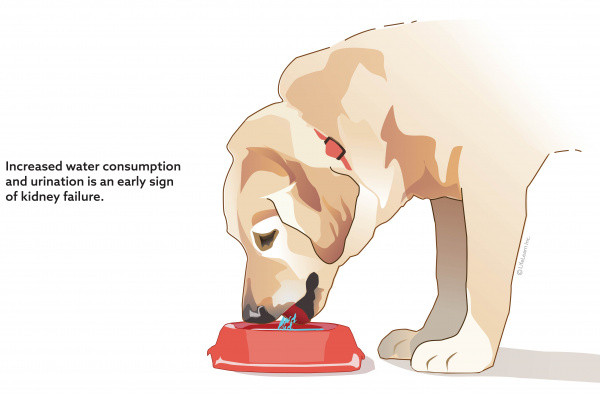
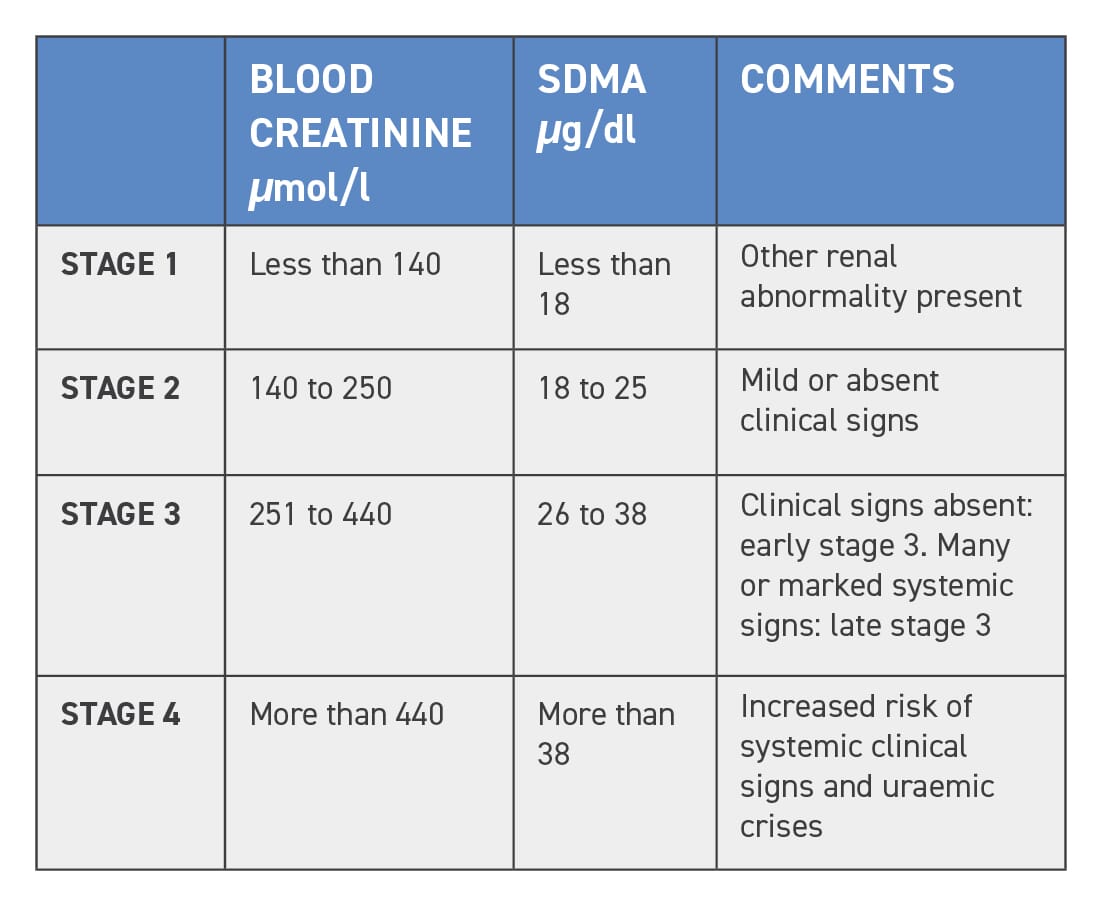

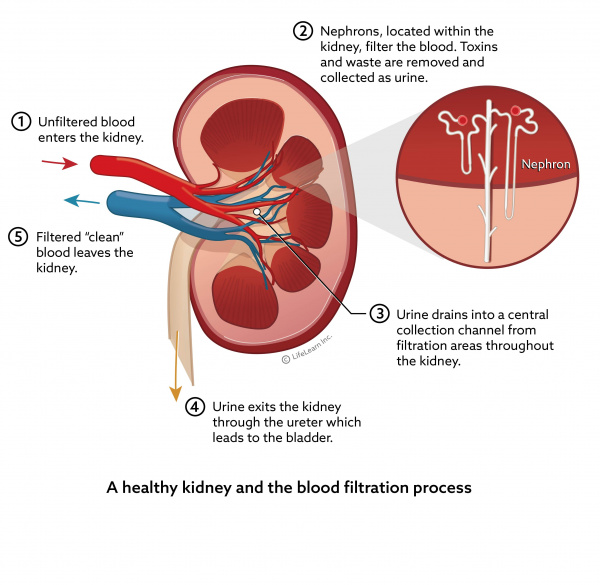


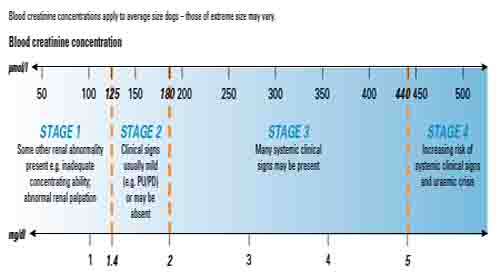



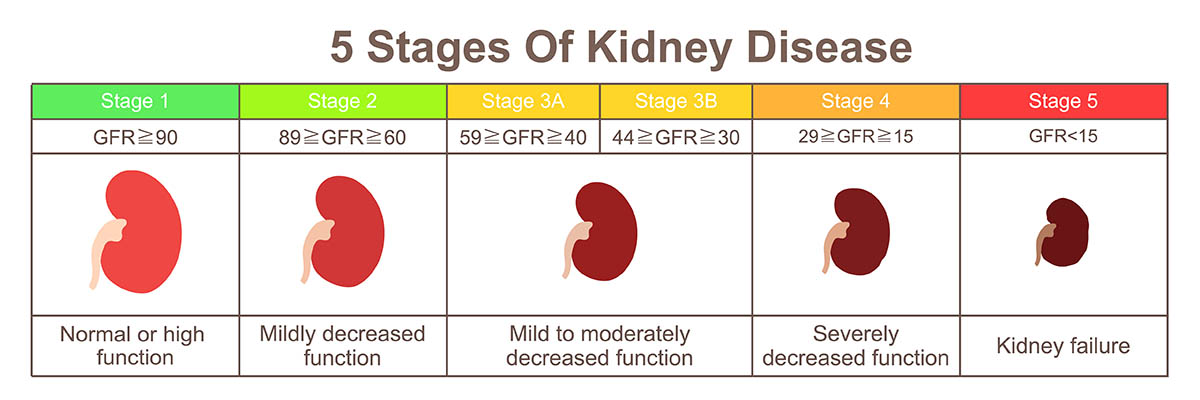
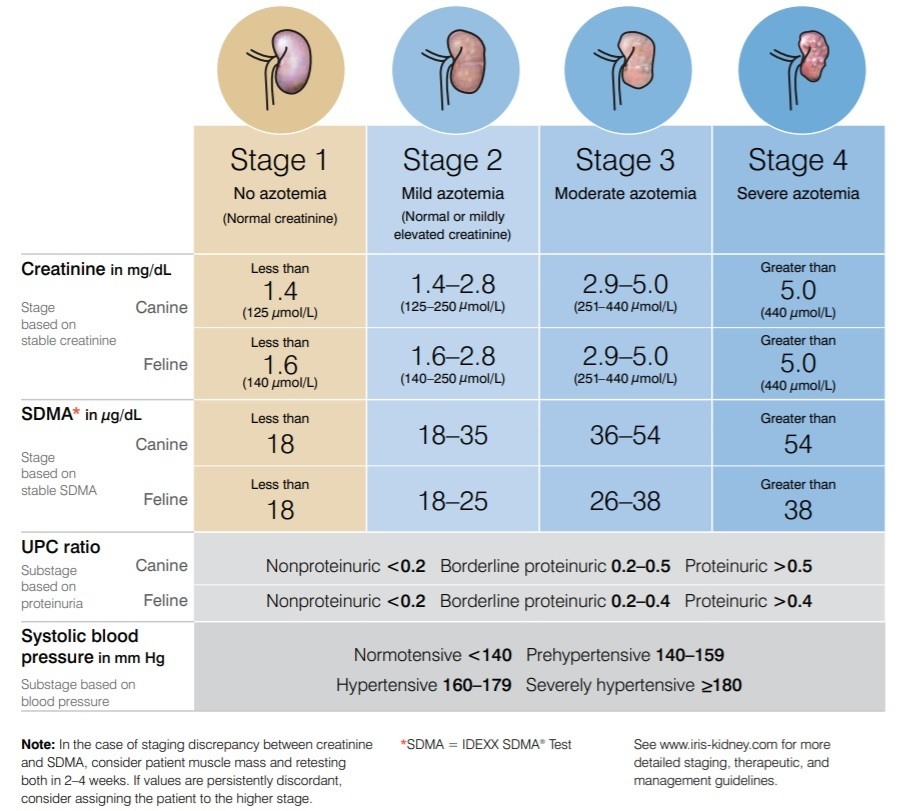
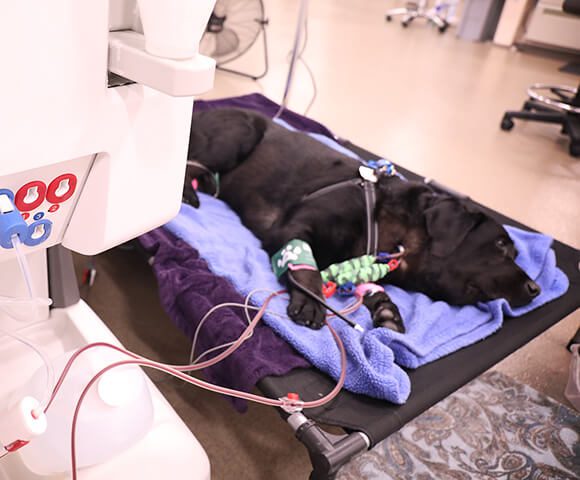





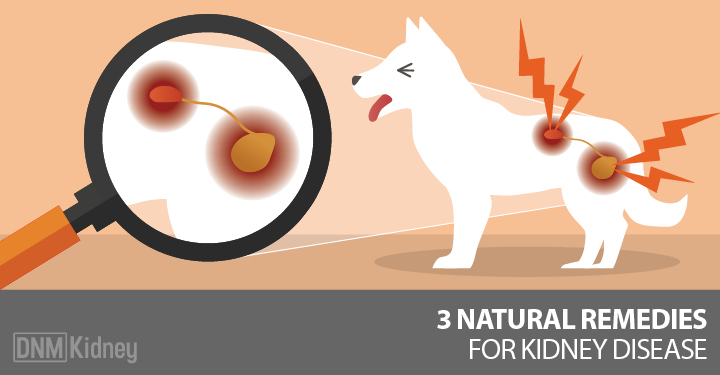
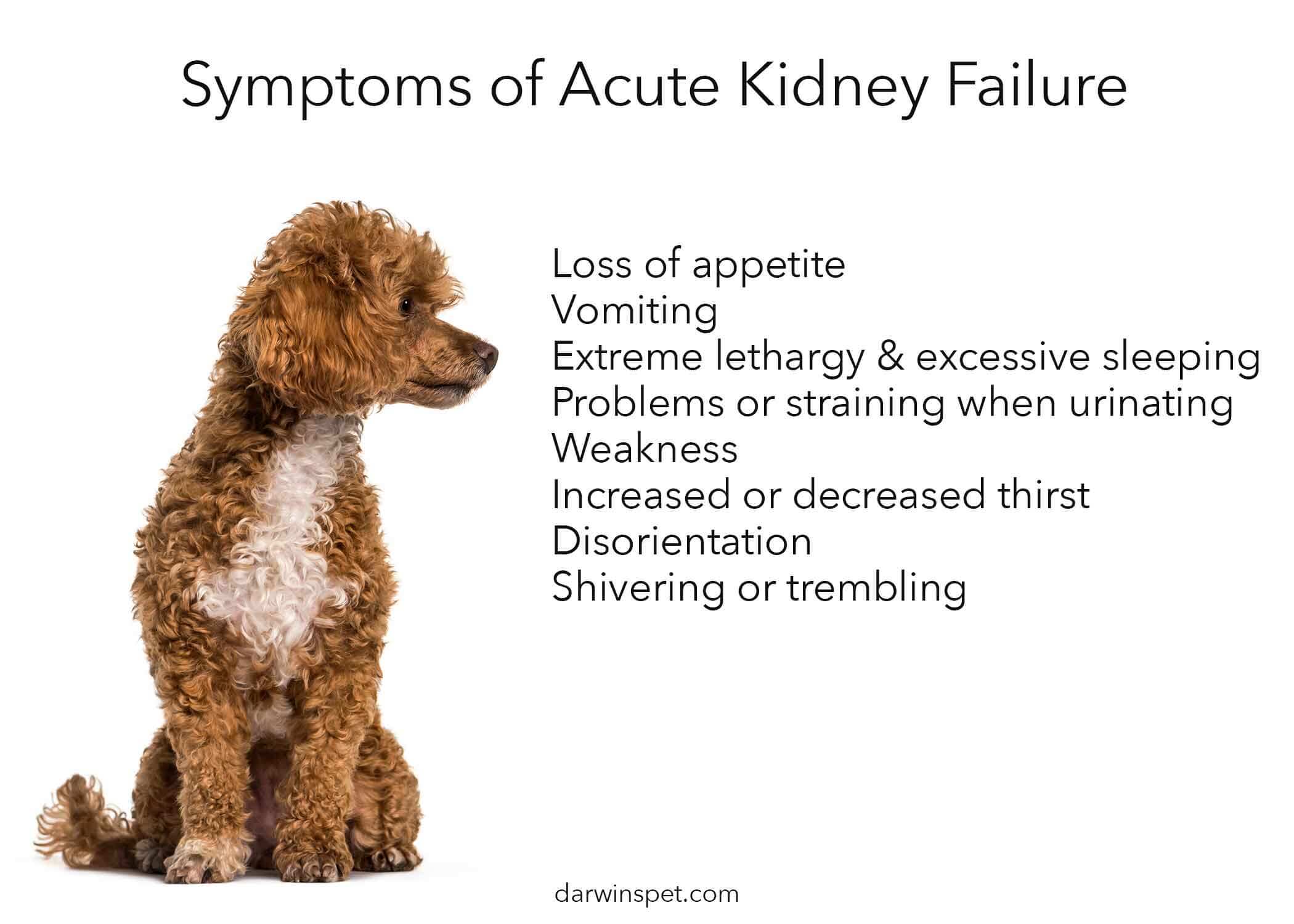









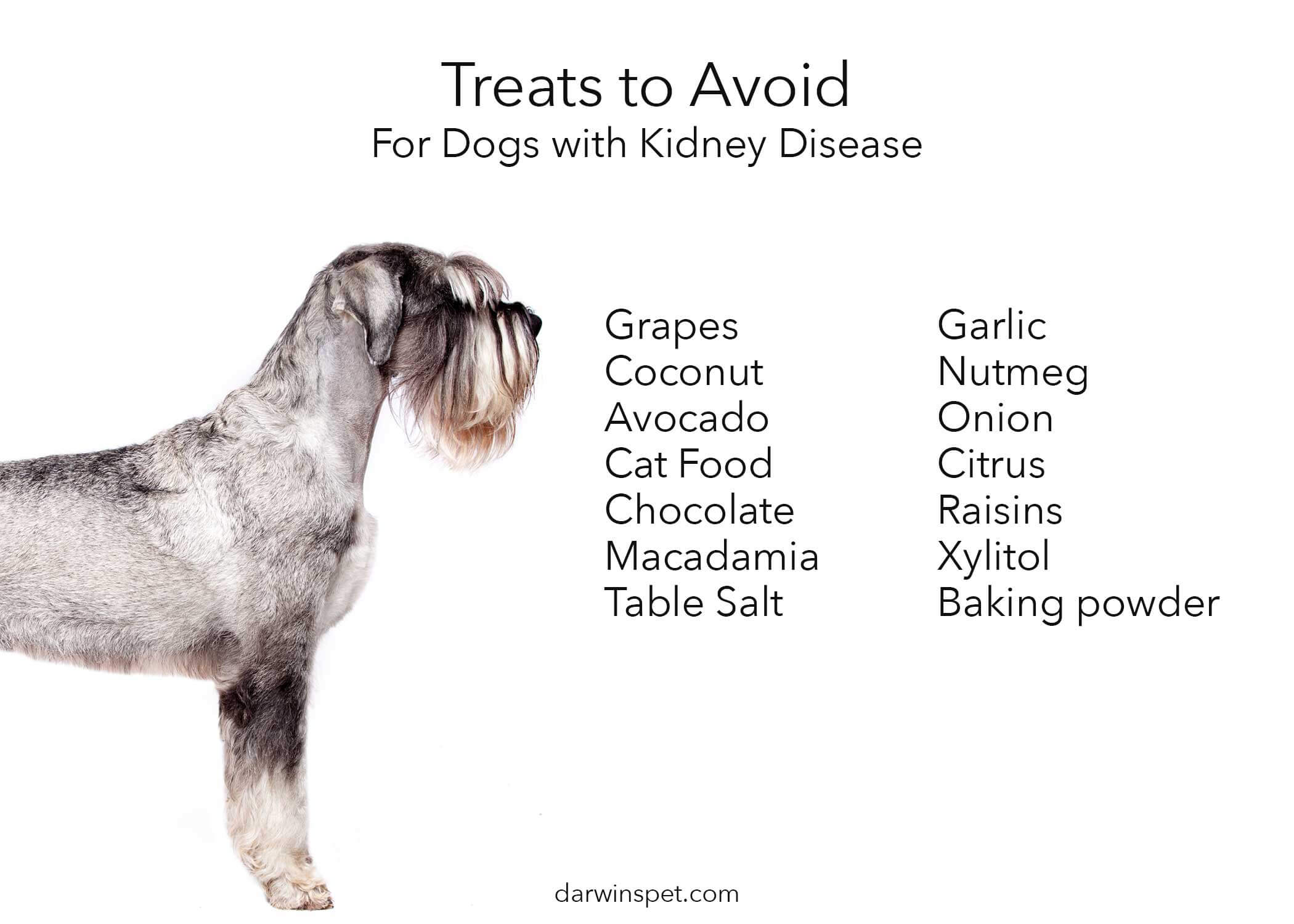







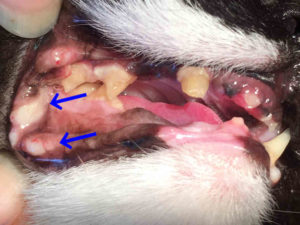



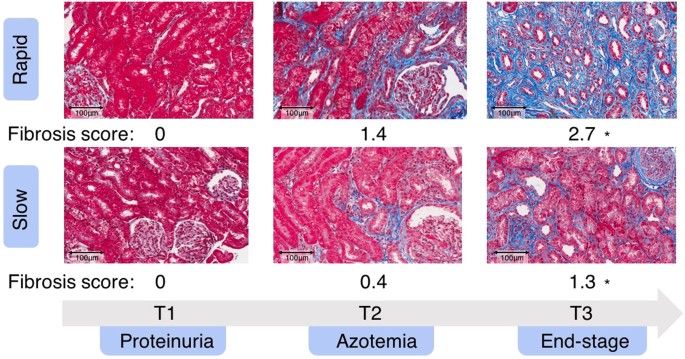
Posting Komentar untuk "Stage 3 Kidney Disease In Dogs"